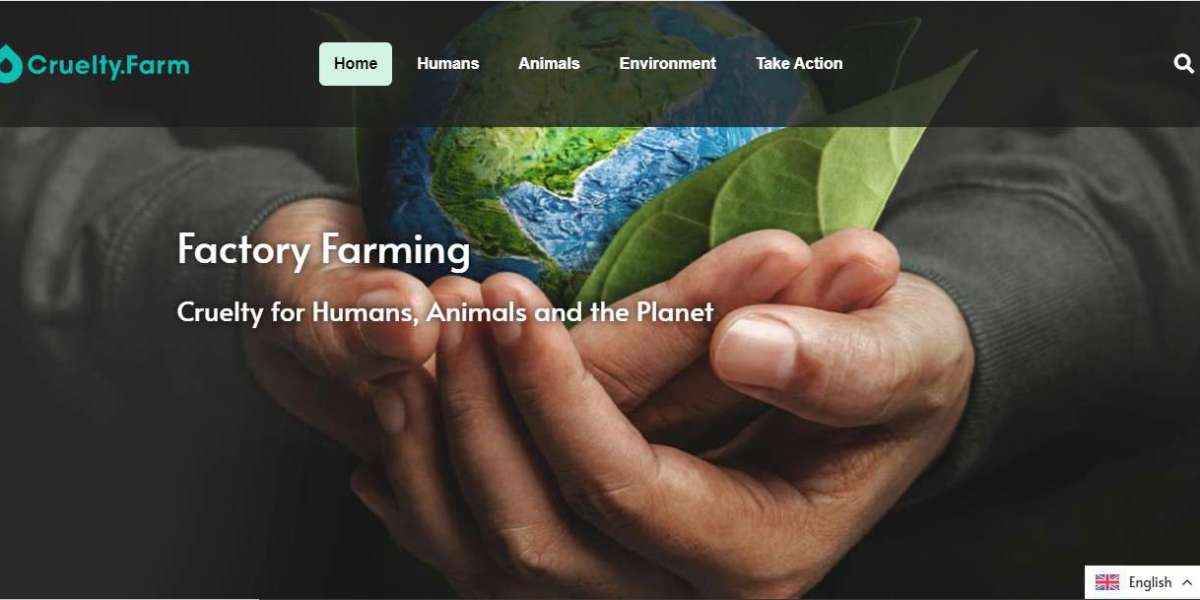Sustainable living is an approach to life that strives to minimize the use of Earth's resources and reduce one's environmental impact. This philosophy is rooted in the principles of environmental stewardship, social responsibility, and mindful consumption. As climate change intensifies and natural ecosystems face unprecedented threats, embracing sustainable practices has never been more critical.
Green Energy and Renewable Resources
At the heart of sustainable living is the shift towards green energy—sources like solar, wind, hydro, and geothermal power. Unlike fossil fuels, renewable resources do not deplete with use and have minimal impact on the environment. Clean energy technologies are revolutionizing how we power our homes, businesses, and transportation, helping to lower greenhouse gas emissions and combat global warming.
Recycling and Waste Reduction
One of the simplest yet most impactful ways to live sustainably is through recycling. Recycling reduces the need for raw materials, lowers energy consumption, and decreases pollution. Alongside recycling, the zero-waste movement encourages reducing waste generation through conscious choices like avoiding single-use plastics, composting organic waste, and opting for reusable items.
Conservation and Protecting Biodiversity
Conservation is essential to maintaining the planet's delicate ecosystems. Protecting wildlife habitats, preventing deforestation, and conserving water are vital for preserving biodiversity—the variety of life on Earth. Species extinction and habitat destruction are often consequences of human activities like industrial farming, pollution, and urban development. Wildlife sanctuaries, marine conservation efforts, and sustainable tourism are some ways to preserve nature for future generations.
Climate Change and Reducing Carbon Footprint
Climate change is arguably the greatest environmental challenge of our time. Reducing our carbon footprint—by driving less, using energy-efficient appliances, and adopting a plant-based diet—helps mitigate the effects of climate change. Veganism and a plant-based lifestyle not only lessen the demand for resource-intensive animal farming but also support animal welfare and reduce greenhouse gas emissions from agriculture.
Eco-Friendly Choices and Ethical Consumption
Sustainable living is about making eco-friendly choices in every aspect of life, from the food we eat to the clothes we wear. Sustainable fashion, for example, emphasizes ethical farming, cruelty-free production, and the use of eco-friendly materials. Ethical consumption promotes the use of products that are fair-trade, cruelty-free, and environmentally responsible. This mindset extends to every purchase, whether it's choosing zero-waste beauty products, sustainable home goods, or eco-conscious travel.
Environmental Activism and Climate Action
Environmental activism plays a pivotal role in promoting sustainable practices and driving policy changes. From advocating for stricter regulations on pollution to promoting renewable energy sources, activists are at the forefront of the fight against climate change. Initiatives like ocean conservation, forest protection, and farm animal advocacy are spearheading movements to ensure the preservation of natural resources and the protection of vulnerable species.
Sustainable Agriculture and Veganism
Sustainable agriculture is another pillar of eco-conscious living. By practicing methods that conserve water, protect soil health, and reduce pesticide use, farmers can ensure that future generations will have access to the same resources. Veganism ties into sustainable agriculture by promoting plant-based diets, which use fewer resources than traditional animal farming. Plant-based diets also contribute to reducing animal exploitation and protecting biodiversity.
Sustainable Tourism and Wildlife Protection
As more people seek ways to experience the world without harming it, sustainable tourism is growing in popularity. This form of tourism emphasizes responsible travel that respects wildlife habitats, supports local communities, and minimizes environmental impact. Whether it’s visiting wildlife sanctuaries, participating in eco-friendly tours, or supporting conservation projects, sustainable tourism offers an earth-friendly way to explore the planet.
Water Conservation and Ocean Conservation
Water is one of the most precious resources on Earth, yet it is often taken for granted. Water conservation efforts focus on using water more efficiently and protecting water sources from pollution. Ocean conservation is equally critical, as oceans are not only vital for marine life but also regulate the global climate. Reducing plastic pollution, protecting coral reefs, and supporting sustainable fisheries are some of the key initiatives aimed at safeguarding oceans and marine life.
Sustainable Communities and Global Efforts
Building sustainable communities means fostering a society that supports environmental, social, and economic health. Sustainable development encourages growth that meets the needs of the present without compromising future generations. This includes initiatives like green living spaces, eco-friendly public transport, and community-led conservation projects. At the global level, organizations are pushing for international cooperation to address issues like pollution, deforestation, and species extinction.
Conclusion
Sustainable living is a multifaceted approach that encompasses every aspect of daily life. From reducing energy consumption to advocating for animal rights, each small action contributes to the larger goal of preserving the Earth for future generations. By embracing green energy, practicing ethical consumption, protecting wildlife, and taking climate action, we can all be part of the solution in building a sustainable future.








